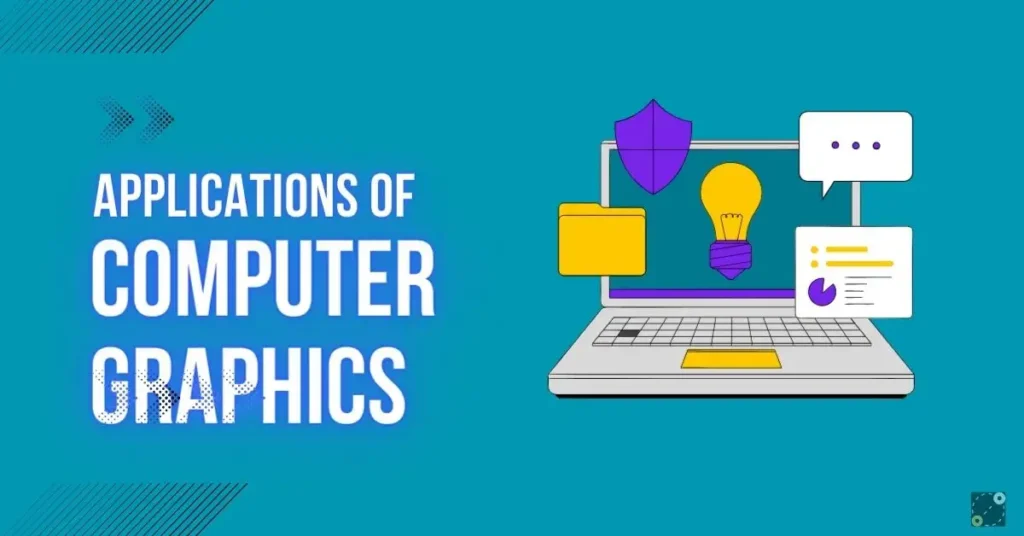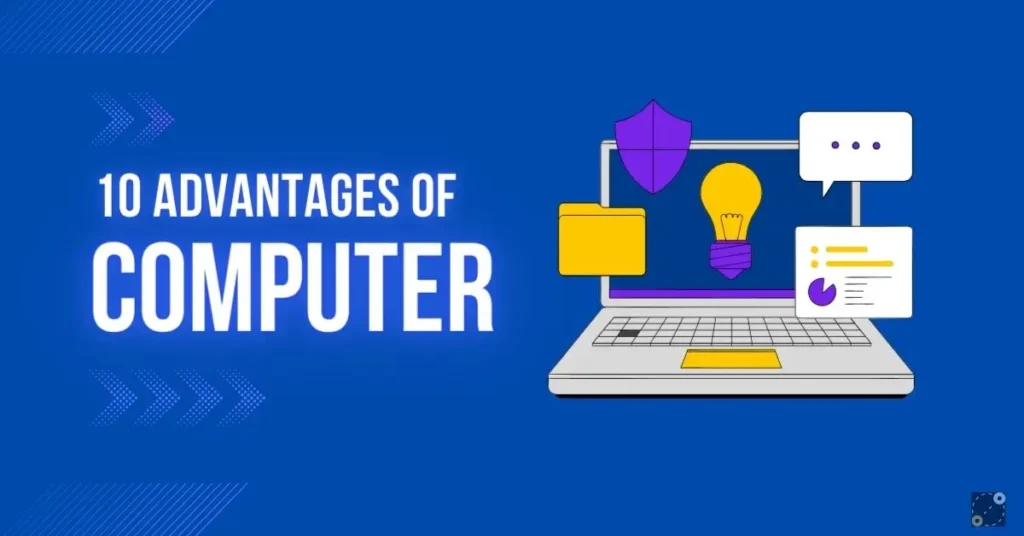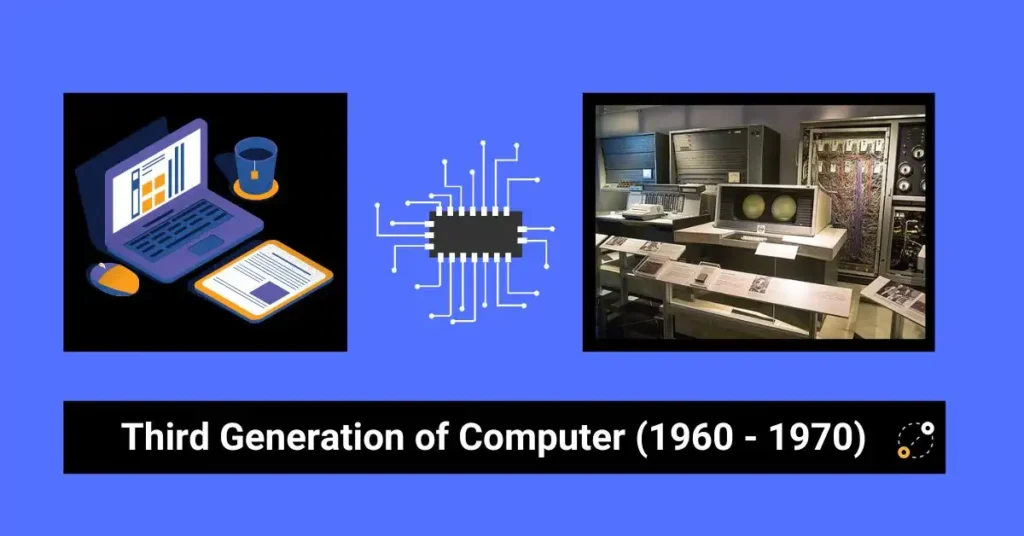Imagine an interconnected network of smart gadgets, sensors, and devices that work together perfectly. The concept of fog computing is also similar to having a small, powerful computer that can make quick decisions on the spot without transferring data to a far network for processing.

In simple terms, fog computing is like a local assistant for your devices. It allows them to process information quickly and make decisions immediately, reducing the delay caused by transferring data again and again to a cloud or server that is located very far away.
So in this article we’ll learn what is fog computing, how it works, its applications, benefits, disadvantages, what do we mean by fog computing in IoT, and its architecture. Let’s begin.
What Is Fog Computing
Fog computing is a decentralized computing system that expands cloud computing capabilities to a more open and broad network. It involves distributing computing tasks, such as data storage and processing, closer to the data source, reducing the need to transfer all data to a centralized cloud.
Unlike the traditional model, where data is transferred to a main, centralized cloud for processing, fog computing distributes this computing power close to where the data is present itself. The term “fog” refers to the spread of the cloud to the outside network.
This method reduces delay, improves real-time processing, and is especially suitable for situations where decisions must be made quickly such as in the Internet of Things (IoT), smart cities, and industrial settings. Fog computing in IoT facilitates real-time data processing at the edge, reducing latency and enhancing the efficiency of interconnected devices.
You May Also Like To Read :
History Of Fog Computing
The main ideas behind fog computing can be found back to the early 2000s when researchers started finding the problems of cloud computing for upcoming applications. As the number of IoT devices started to increase, the old cloud architectures found it difficult to meet the demands of low-latency, real-time processing needed by these devices.
The term “fog computing” gained attention in 2012 when Cisco Systems introduced the concept. In 2015, the OpenFog Consortium was established, bringing together industry leaders such as Cisco, Intel, Microsoft, and others to develop and promote fog computing standards.
Fog Computing In IoT
The Internet of Things (IoT) is a network of interconnected devices like cameras, smart phones, etc. with sensors and actuators that communicate and share data with each other on the internet. The goal of fog computing in IoT is to allow these devices to connect, interact, and perform tasks effectively, resulting in increased efficiency, improved performance, and better decision making.
Fog computing in IoT plays a crucial role by bringing computational power closer to the devices and sensors that make the IoT network.
In cloud computing, data from IoT devices travels all the way to a central cloud server for processing which would take time and badly affect the performance of IoT devices.
But fog computing in IoT places small, powerful computing systems closer to the IoT devices. As a result it reduces the time it takes for devices to communicate and make decisions much faster.
Now let’s look at the components of the fog computing architecture below.
Fog Computing Architecture
Fog computing architecture is a decentralized computing model that increases the capabilities of cloud computing to a bigger network. It involves computing nodes, each giving a specific purpose in processing and managing data.

The key components in fog computing architecture are –
Edge Devices
Edge devices in fog computing are the external devices, such as smart devices, mobile phones, smart watch, actuators, and sensors, that are part of the network. Edge devices generate data as they interact with the real world.
They can also analyze data, and have communication capabilities, allowing them to send and receive data. Edge devices generate data that is later processed by fog nodes.
Fog Nodes
Another important component of fog computing architecture are fog nodes. Fog nodes are independent devices which work as an intermediate layer between edge devices and the cloud. They are distributed across the network and bring computing resources closer.
Fog nodes process data generated by edge devices, performing computations, filtering, and transforming raw data into meaningful information. There are three types of fog nodes in the fog computing architecture – fog devices, fog servers, and fog gateways.
Fog devices contribute to data generation and have limited computing capabilities to perform initial processing or filtering of data.
Fog servers perform more advanced computing tasks, such as running applications, analytics, and handling a higher volume of data.
Gateways in fog computing act as intermediaries that connect edge devices and fog servers to the broader network or the central cloud. They perform tasks like data aggregation, protocol translation, and managing communication between devices and fog nodes.
Communication Networks
Networks facilitate communication between edge devices, fog nodes, and the central cloud. For fog computing architecture to work well communication networks need to provide low-latency, high-bandwidth connectivity to support real-time applications.
Fog Layer
The fog layer surrounds all the fog nodes within a particular geographical area or network segment. Fog nodes within this layer collaborate to perform distributed computing tasks and process data closer to the source.
Cloud
The central cloud acts as the traditional cloud infrastructure, providing additional storage, processing power, and services. A cloud is an important part of fog computing architecture. The cloud is essential for certain applications, historical data storage, and complex analytics.
Applications and Services
Fog computing in IoT supports various applications and services that benefit from localized processing and low-latency responses. These applications could include IoT applications, real-time analytics, augmented reality, and other scenarios where quick decision-making is important.
Security tools
Various security tools such as encryption tools, firewalls, secure boot, etc. are used for maintaining the integrity, confidentiality, and availability of information in fog computing architecture. Security tools are used to encrypt data, making it unreadable without the appropriate decryption key.
Authentication tools, such as multi-factor authentication, ensure that only authorized users can access the system. Key management systems are also essential for securely generating, distributing, and storing encryption keys.
Fog Computing Vs Edge Computing
While both edge computing and fog computing bring computation closer to the data source, edge computing often focuses on localized, immediate processing, while fog computing introduces an additional layer of structure for distributed processing in more difficult situations.
The difference between edge and fog computing based on different features are –
Location of Processing
- In Edge Computing processing is performed at the edge devices themselves or on local servers very close to the devices.
- In Fog Computing processing occurs at various points between the edge devices and the centralized cloud. It involves a hierarchical architecture with fog nodes that handle data processing before reaching the central cloud.
Architecture
One difference between edge and fog computing is that of fog computing architecture and structure.
- Edge Computing typically has a flatter architecture with direct communication between edge devices and local servers.
- Fog Computing architecture has a multi-layer with fog nodes serving as intermediaries between edge devices and the central cloud. It Involves a simpler structure without distinct layers.
Flexibility
- In Edge Computing flexibility is limited by the capacity of individual edge devices and local servers.
- Whereas Fog Computing architecture is designed to be more flexible with a hierarchical structure that can handle increasing computational demands.
Processing Complexity
Processing Complexity is an important difference between edge and fog computing.
- Edge Computing focuses on localized, often real-time, processing with a focus on simplicity.
- Fog Computing handles a range of processing complexities, from simple tasks at the edge to more complex computations at fog nodes. It is good for applications with different processing needs and requirements.
Bandwidth Requirement
Another common difference between edge and fog computing is the requirement of bandwidth.
- In Edge Computing very little bandwidth is needed as the edge nodes themselves provide the data.
- Fog Computing architecture has a high bandwidth requirement as data coming from edge nodes is sent to the cloud.
Resource Utilization
- Edge Computing has specific resources for individual edge devices.
- Whereas in Fog Computing resources are distributed across fog nodes. Fog computing utilizes resources available on the device or nearby servers.
Fog Computing Applications
There are many applications of fog computing in various industries and fields to make work more easy and easy handling of data. Some of the fog computing applications are –
Internet of Things (IoT)
Fog computing in IoT is widely used in applications to process and analyze data generated by sensors and devices. Localized processing improves real-time decision-making.
Smart Cities
Other applications of fog computing are in smart city, tasks such as traffic management, public safety, environmental monitoring, and energy efficiency. Edge devices and fog nodes in fog computing architecture process data locally, improving the smart city systems.
Healthcare
In healthcare, fog computing supports applications like patient monitoring, real-time data analysis for diagnostics, and the management of medical devices. It allows healthcare providers to deliver timely and personalized care.
Industrial Automation
One of the fog computing applications is industrial automation for tasks such as predictive maintenance, monitoring and control of manufacturing processes, and making sure the reliability of critical systems. Edge devices and fog nodes improve the efficiency of industrial operations.
Retail
In retail, fog computing in IoT does tasks such as inventory management, customer analytics, and personalized marketing. Localized processing at the edge allows retailers to respond quickly to changing conditions.
Autonomous Vehicles
Fog computing supports the development of autonomous vehicles by processing data from sensors, cameras, and other sources in real-time. This improves the vehicle’s ability to make instant decisions and move in strong changing environments.
Energy Management
One of the fog computing applications is energy management systems for tasks such as monitoring and optimizing power distribution, managing renewable energy sources, and improving overall energy efficiency.
Surveillance and Security
In surveillance and security systems, fog computing processes video data locally for tasks like object recognition, anomaly detection, and face recognition. This improves the activity and effectiveness of security applications.
Agriculture
Agriculture is also an important fog computing applications. It is used for tasks such as crop monitoring, soil analysis, and automated irrigation. Localized data processing supports efficient decision making in agriculture.
Edge AI and Robotics
Fog computing allows AI applications, including robotics, by providing local processing power for machine learning algorithms. This is especially beneficial for applications that require quick responses and decision making.
Now that we have learnt about the different fog computing applications, let’s have a look at what different advantages fog computing gives.
Advantages Of Fog Computing
- Low Latency – Fog computing reduces delay by processing data closer to the edge devices where it is generated. This is important for applications requiring real-time responses, such as IoT devices.
- Scalability – One of the advantages of fog computing is scalability. It supports the growth of processing power in response to changing application needs.
- Cost Efficiency – One of the other advantages of fog computing is reduction in cost. large data storage and high-performance servers lead to cost savings in terms of infrastructure and data transmission.
- Bandwidth Efficiency – Fog computing in IoT reduces the need to transfer large volumes of raw data to a central cloud. This results in more efficient use of bandwidth.
- Privacy and Security – Sensitive data can be processed and analyzed closer to the source, reducing the risk involved in sending sensitive data over networks.
- Real-Time Decision-Making – this is one of the important advantages of fog computing. Immediate responses to local events increase overall system performance which is important for applications such as industrial automation.
Disadvantages Of Fog Computing
We have seen different advantages of fog computing but along with the benefits there are also many disadvantages. Some of the disadvantages of fog computing are –
- Complex Management – The fog computing architecture introduces complexity in managing a wide range of edge devices and fog nodes which is difficult to maintain.
- Standardization Issues – Lack of standardized procedures in fog computing can affect coordination between different devices and fog nodes. This can lead to integration challenges and difficulties
- Data Privacy Risks – Other disadvantages of fog computing is that localized processing at the edge and fog nodes increase concerns about data privacy as well.
- Integration Complexity – Integration complexity is also one of the disadvantages of fog computing. Combining fog computing architecture into IT infrastructures can be complex which needs modifications.
- Increased cost – Arrangement, management, and maintenance of fog nodes involve additional costs.
- Data Migration Challenges – Availability and reliability of the central cloud infrastructure becomes a potential point of failure during data migration.
Importance Of Fog Computing
Fog computing is very important because it changes how computers work. Instead of sending all the data far away to big central computers, fog computing brings the computing power closer to where it’s needed. Fog computing in IoT is super useful for things like smart devices, self-driving cars, and things like virtual reality experiences, where quick responses are important.
Another big deal is that fog computing architecture saves a lot of internet space. Instead of clogging up the internet with tons of data going back and forth, fog computing lets small computers nearby handle things. This means less traffic on the internet and faster, more reliable connections.
The decentralized nature of fog computing architecture improves privacy and security, as sensitive data can be processed closer to its source. The support for edge artificial intelligence (AI) applications, increased user experiences, and energy efficiency further increase the importance of fog computing.
Additionally, fog computing is also important because it is good for the environment. By not relying too much on big central computers that use a lot of energy, it helps make technology more sustainable.
Conclusion
Fog computing stands as a vital innovation in technology, offering a lot of benefits that change the way we process and manage data. Privacy and security receive a significant boost as sensitive data is processed closer to its origin, minimizing risks during transmission. Moreover, fog computing in IoT reduces latency, ensuring swift responses in critical applications improving speed, security, and versatility.
FAQs
What are the 8 pillars of fog computing?
- Security
- Scalability
- Open
- Autonomy
- RAS (Reliability, Availability, Serviceability)
- Agility
- Hierarchy
- Programmability
What is fog in cyber security?
Fog in cyber security is typically refers to a computing infrastructure that extends the cloud to the edge of a network.
What is fog computing vs edge computing?
Fog Computing extends cloud capabilities to the edge of a network while edge computing occurs at the extreme edge of a network, processing data on individual devices
Which algorithm is used in fog computing?
Weighted Round-Robin (WRR) algorithm is used.




